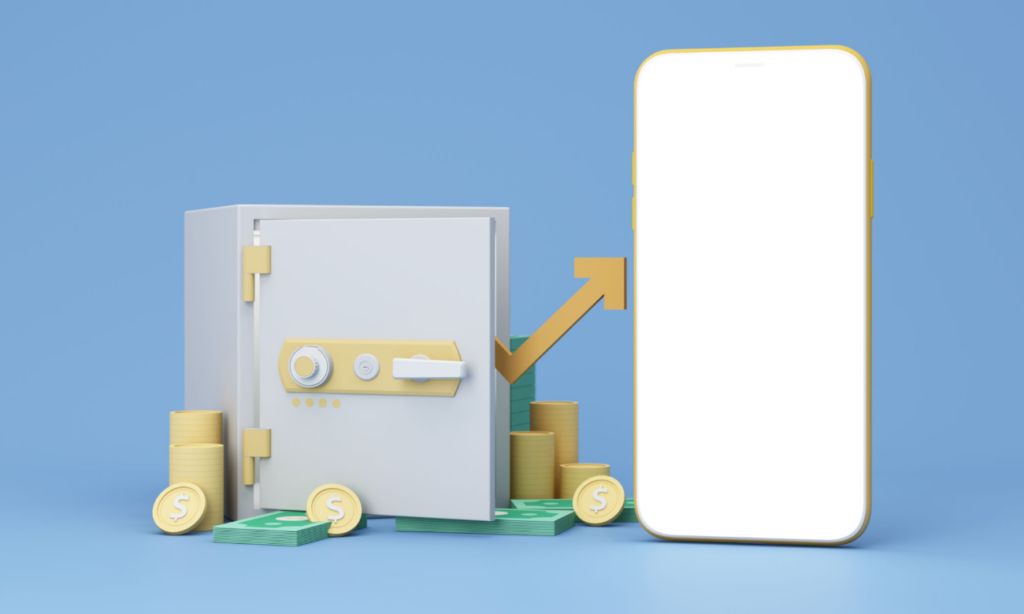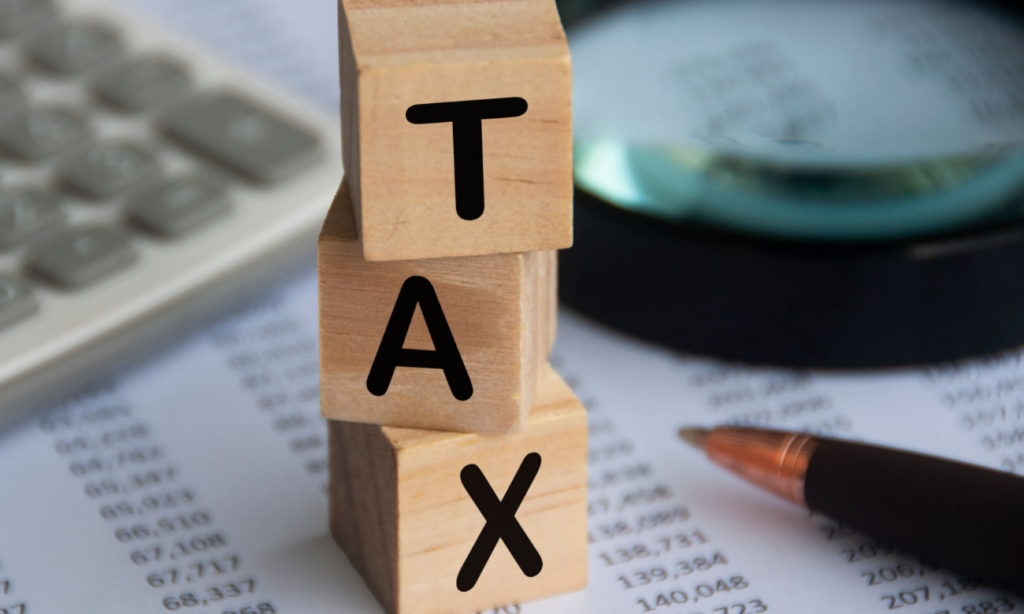
Introduction
Check Card Small Credit Cash is an essential method for converting the leftover cents and dollars in your debit card account into usable funds. By focusing on Check Card Small Credit Cash techniques from the moment you receive a refund, loyalty reward, or promotional top-up, you harness every micro-amount to support daily budgets or grow a dedicated savings pool. This guide dives deep into practical steps identifying hidden balances, understanding withdrawal rules, aggregating funds, and avoiding fees so you can systematically reclaim residual value. Whether you aim to fund a subway ride, offset subscription costs, or simply prevent money from slipping through the cracks, mastering Check Card Small Credit Cash optimizes your personal finance toolkit and ensures no cent goes unused.
1. Identify Leftover Credits
Start by auditing all active debit and prepaid cards immediately after the returns and refunds process. Check for small residual amounts from online purchase returns, airline mile conversions, app-store credit top-ups, or loyalty rewards. Use your bank’s transaction-filter tool to list credits under a set threshold say $5 or less and monitor weekly. Regular reviews let you spot Check Card Small Credit Cash balances before they expire. If your provider supports mobile alerts, create a rule notifying you whenever a transaction leaves a remainder. This proactive tracking is the foundation of any successful micro-cashout strategy.
2. Understand Withdrawal Policies
Every financial institution has its own micropayment protocols. Some impose a $10 minimum at ATMs or apply flat withdrawal fees that exceed the small credit value. Others allow direct in-branch withdrawals with no fee if processed by a teller. Review your bank’s online fee schedule and service guide to map out all possible Check Card Small Credit Cash withdrawal routes—ATM, teller, mobile P2P, or external account transfers. Confirm daily or monthly transaction limits to prevent unexpected rejections. If policies remain unclear, call customer service for specifics and document the optimal channel for each card.
3. Aggregate Multiple Balances
Isolated micro-amounts rarely justify separate withdrawals. Instead, group balances from all your check and prepaid cards into a primary account before cashing out. Many banks support internal transfers between accounts; use this feature to combine Check Card Small Credit Cash from different sources. When internal transfers aren’t available, fintech aggregators can link multiple cards for you, sweeping small credits automatically into a designated wallet. Aggregation ensures you surpass minimum withdrawal thresholds and reduces the total number of transactions and associated fees needed to reclaim your funds.
4. Automate Regular Sweeps
Manual monitoring becomes tedious, so automate the process. Set up recurring rules in your banking app or budgeting software to initiate Check Card Small Credit Cash sweeps at defined intervals weekly, biweekly, or monthly. For example, configure a rule that whenever your balance exceeds $2.00, the excess is transferred to your main checking or savings account. These auto-sweeps run in the background, eliminating the need for constant balance checks and ensuring you capture micro-funds as soon as they arrive. Regular sweeps prevent credits from piling up or expiring unnoticed.
5. Leverage Fintech Apps
Specialized apps can do the heavy lifting for you. Research fintech solutions that offer Check Card Small Credit Cash optimization features round-up transfers, credit aggregation, and fee-free payouts. Popular options include micro-investment platforms that round every purchase up to the nearest dollar and deposit the spare change into a savings pocket, which you can then withdraw. Before linking your cards, verify each app’s security credentials, encryption standards, and user reviews. Prioritize services with transparent pricing and real-time transaction alerts to maintain full control over your microbalance strategies.
6. Minimize Fees and Avoid Pitfalls
Untested withdrawal channels can cost more than the credit they release. Always compare Check Card Small Credit Cash fees flat ATM charges vs. teller service costs vs. P2P transfer fees—and pick the lowest-cost option. Consider using in-network ATMs or credit unions that waive small withdrawal fees. When fees are unavoidable, accumulate enough balance to justify the expense. Bundling multiple microcredits into one larger withdrawal transaction reduces the number of charges. Remaining vigilant about fee schedules and network affiliations ensures your net gain remains positive.
7. Recordkeeping Best Practices
Accurate logs help you analyze performance and avoid duplicate payouts. Create a simple spreadsheet or expense-tracking app entry with columns for date, card name, withdrawal amount, and method. Document each Check Card Small Credit Cash withdrawal to cross-check against your bank statements, ensuring no microbalance is left behind. Over time, these records reveal which cards generate the most small credits and which channels offer the best net returns, guiding future optimization efforts.
8. Tax Considerations and K-1 Income

Most Check Card Small Credit Cash transactions under federal de minimis rules rarely count as taxable income. However, state regulations and issuer policies can differ credits above $600 annually may trigger a 1099-MISC form. Keep your transaction records handy for tax filing, and consult a professional if needed. If you receive a K-1 Income form for partnership distributions or other investment returns, factor that into your overall tax strategy. Proper documentation of both micropayment withdrawals and partnership earnings ensures compliance and avoids surprises at tax time.
9. Continuous Improvement
Consumer habits and bank policies evolve, so treat your microbalance strategy as a dynamic process. Schedule quarterly reviews to refine your Check Card Small Credit Cash approach based on fee changes, new app features, or shifting spending patterns. Test alternative withdrawal channels, adjust automation thresholds, and revisit aggregator tools to ensure you maintain optimal results. Continuous iteration drives steady gains and minimizes forgotten credit over time.
Conclusion
By embracing Check Card Small Credit Cash strategies, you ensure that every leftover balance contributes to your financial toolkit, covering small expenses or padding your savings cushion. Making optimization a habit reduces waste and maximizes returns on every transaction by integrating Check Card Small Credit Cash management into your routine. Taking incremental steps can drive better outcomes from Check Card Small Credit Cash techniques, ensuring no cent remains overlooked. Begin applying these actionable steps today to transform scattered microbalances into a consistent cash resource that bolsters your budget and enhances your money-management efficiency.
